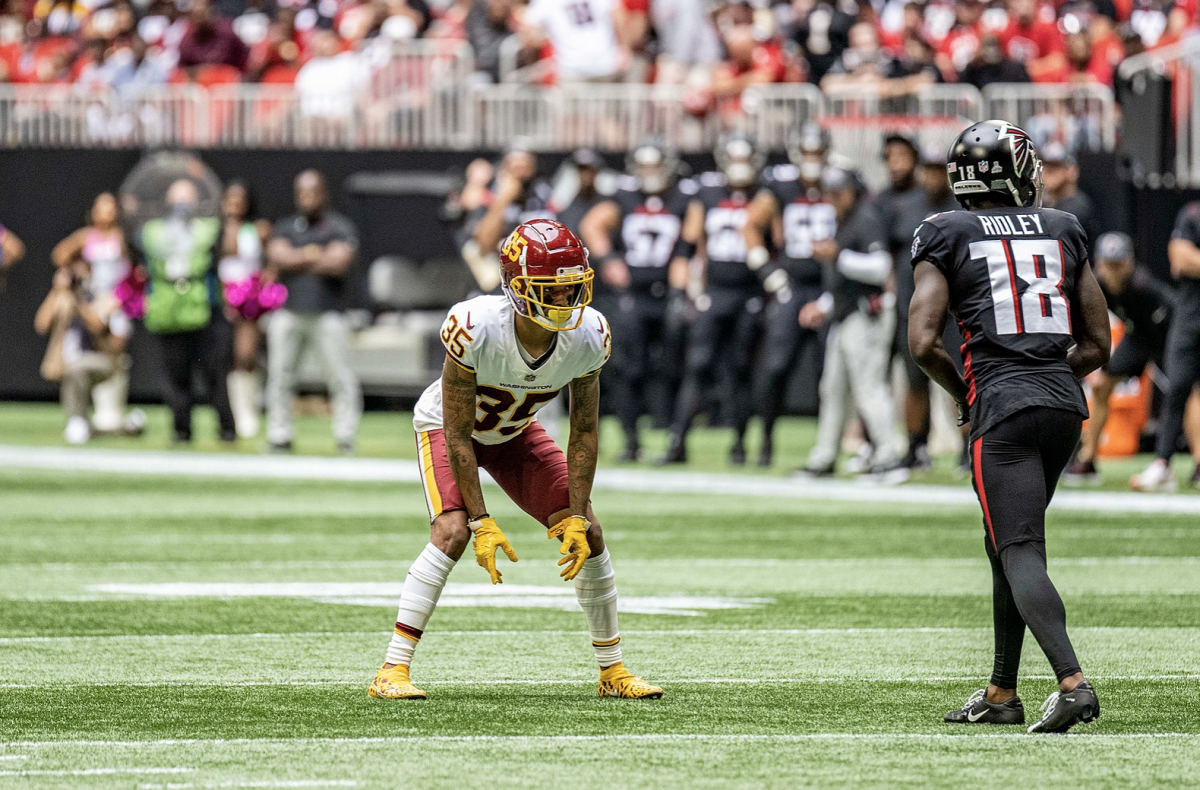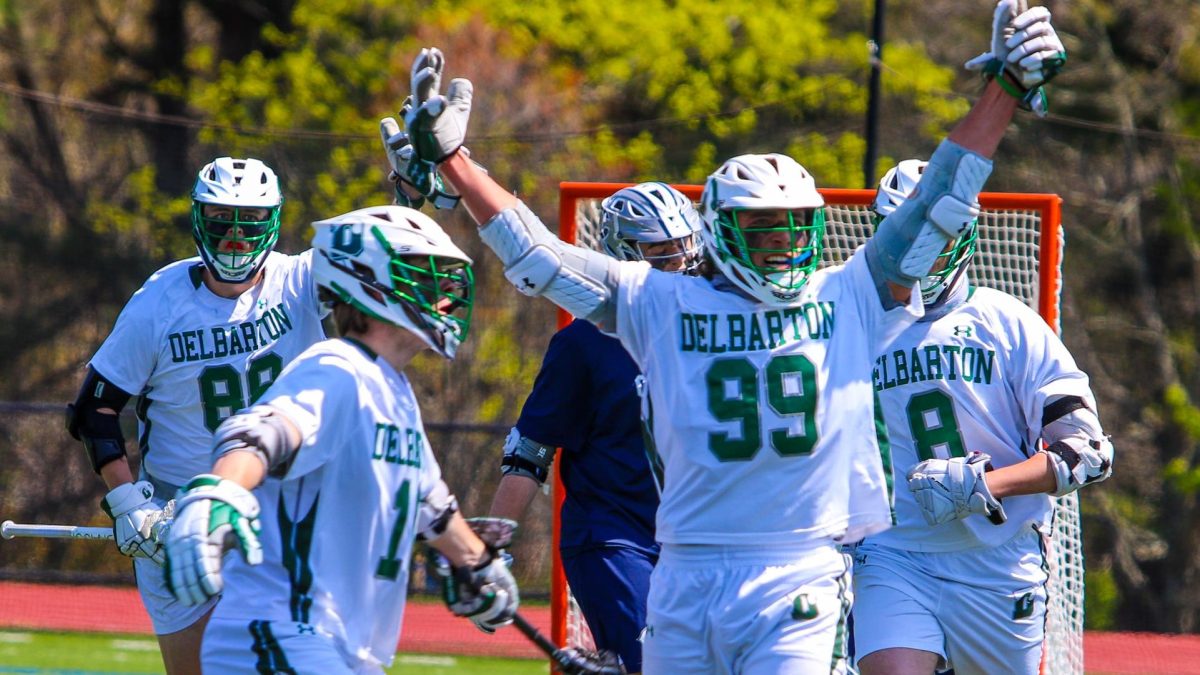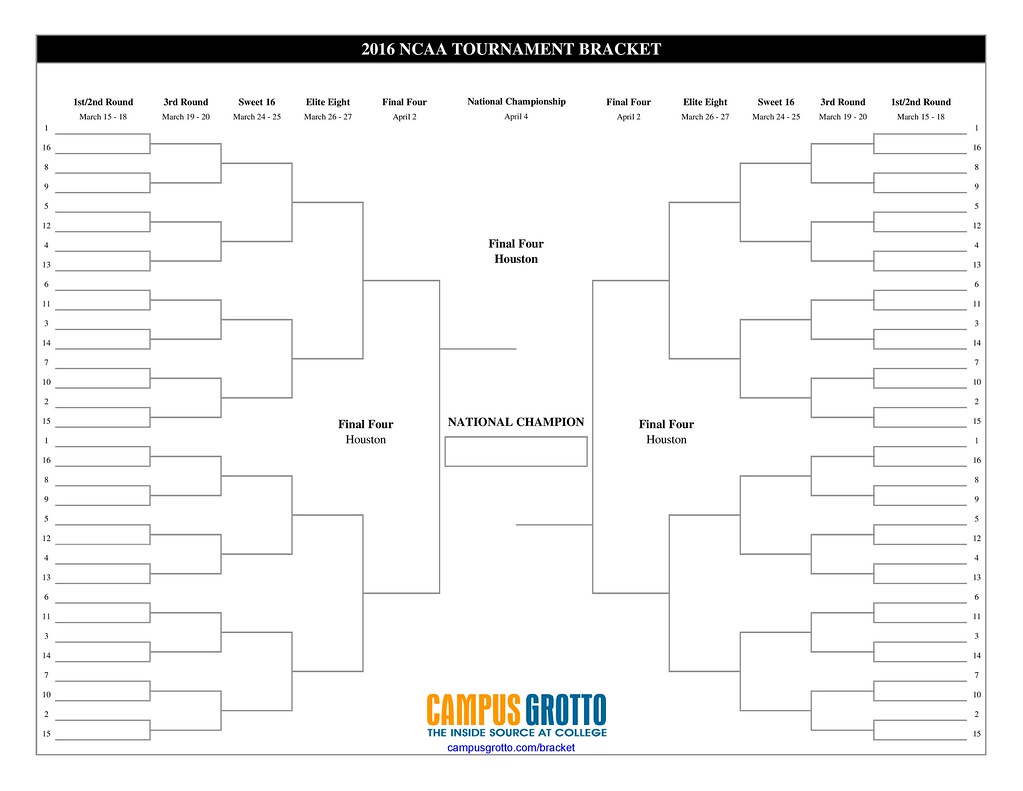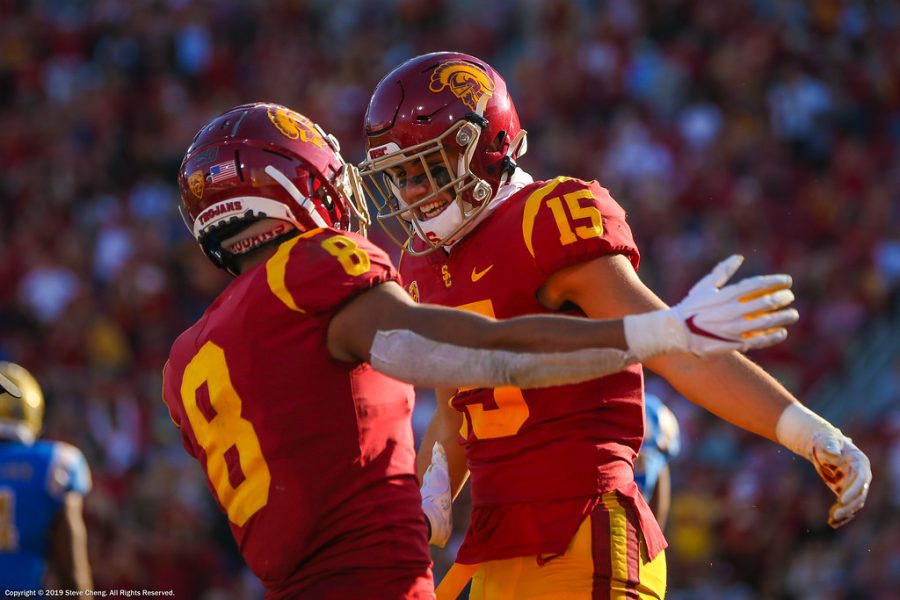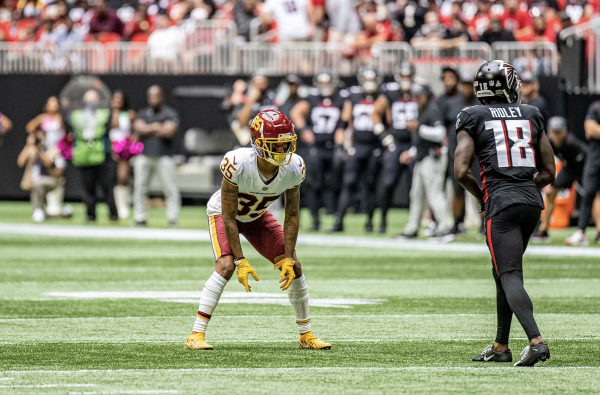The Decline of the Bowl Era and the Rise of the Transfer Portal
What Happened to Atheltes’ “Committing” to a School?
March 27, 2022
Texas A&M broke a record this year. Not for winning a championship. Not for beating their opponents. Not for any individual performances. But for their recruiting.
College Football glory has changed over the years. Before the College Football Playoff or Bowl Championship Series, playing in a prestigious bowl game was the goal. Opportunities in New Year’s games like the Sugar Bowl and the Cotton Bowl were an honor for the invited teams, considering that there was no prospect of a national championship game. The so-called “Granddaddy of Them All” was the Rose Bowl, which earned its nickname for the grandeur and fame it brought to the American sports world. Today, that grandeur has significantly diminished.
Because of the implementation of the College Football Playoff, the bowls have become an afterthought. From players opting out due to the draft, to random naming rights’ sponsors (“PUBG Mobile New Mexico Bowl”… seriously?), the bowls in their entirety deteriorate more and more every year, as rumors of a CFP expansion grow. Consequently, the glory and praise of bowl games is nearing extinction, which is the only facet that kept them alive. While two of the New Year’s Bowls are selected every year to be a part of the Playoff, this only further lessens their status, demoting them to filler namesakes under the grand title. Outside of those, the bowls are effectively useless in determining any significant outcomes, and because they no longer have structural weight, nobody cares. And if that’s not enough, the games are played around a month after the regular season ends, solidifying them as an afterthought.
Today, every team’s goal is to win a national championship (and rightfully so): It’s the only title worth winning. And for the best high school athletes in the country, the only place worth going is a perennial contender. However, since the establishment of the College Football Playoff, only thirteen teams have made an appearance, and only five of those teams have actually won the championship. Evidently, the list of true competitors is short. Too short, especially for Travis Hunter.
When you’re among the best high school football players in the nation, the recruiting process flips. At the low end, talented athletes with little attention from college programs reach out to coaches in hopes that they can have a chance to prove themselves in Division I football. On the opposite side of the spectrum, however, top-ranked recruits have the (hard-earned) luxury of receiving a constant stream of letters, texts, and phone calls from the coaches at those aforementioned perennial contenders. They get to pick and choose from la crème de la crème. Sometimes, this power can be so outstanding that top recruits surprise fans, which is exactly what happened for the nation’s number one recruit.
Division I powerhouses like Alabama and Georgia were not the direction that Travis Hunter wanted to head towards. Instead, the #1 player in the Class of 2022 (and one of the highest-ranked athletes in high school football history) decided to use his power and commit to Jackson State University – not a perennial contender.
The formerly-Florida State-bound cornerback was seemingly locked into his decision, but a quick turnaround proved otherwise. Hunter was intrigued by the opportunity to play under Jackson State’s head coach Deion Sanders, NFL defensive back, Hall of Famer and cultural icon. Understandably, this decision actually makes good sense: if you want to be the best cornerback to ever play football, go learn from the best cornerback to ever play football.
This decision, obviously, went against the status quo. Not every five-star athlete chooses a small FCS (traditional D I football) college over the multi-million dollar FBS (commercialized, mega-competitive D1 football) empires. Regardless, Hunter has been a catalyst for high school and collegiate athletes to start using their power as well. And as a result, the transfer portal era is upon us.
The transfer portal is a tool that players and coaches use to switch schools. Players can enter it and declare themselves “free agents” as such, allowing them to have new opportunities at different universities. It is strikingly similar to the high school recruiting process, with coaches doing as much work to attract studs in secondary school as college athletes in the transfer portal.
Some coaches have dominated this portal, signing multiple high-end, big-name players. For example, Ole Miss head coach Lane Kiffin has brought in a plethora of former top recruits such as quarterback Jaxson Dart from USC (five-star), running-back Zach Evans from TCU (four-star), and safety Ladarius Tennison from Auburn (four-star). Other major changes include draft-prospect and quarterback Caleb Williams’s transfer to USC from Oklahoma, top recruit quarterback Quinn Ewers’s transfer to Texas from Ohio State, and cornerback Elias Ricks’ transfer to Alabama from LSU. All of these athletes have used their proven talent to make changes in their careers, something that hasn’t been utilized until recently.
Transferring in the past was not commonplace, especially because of the drawn-out process. Additionally, it received the same type of criticism that athletes got for requesting trades or holding out of contracts. However, a players’ revolution has brewed over the past years in the sports world. Athletes are finding their worth, achieving their worth, and making the most out of their opportunities.
Sources: https://247sports.com/














